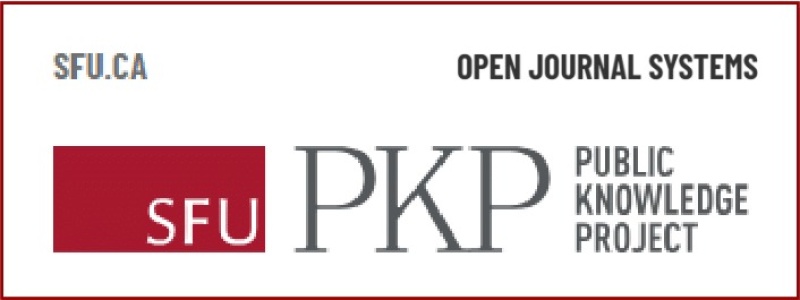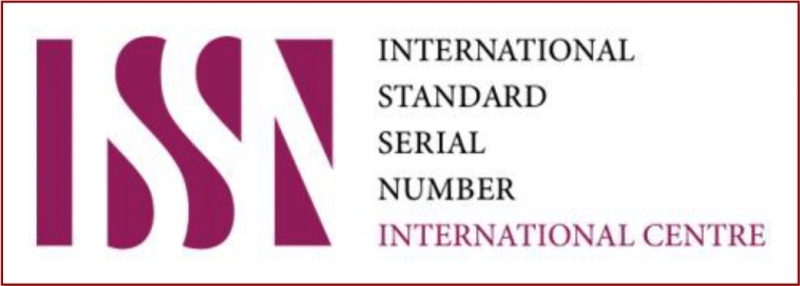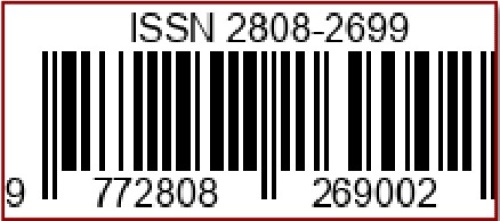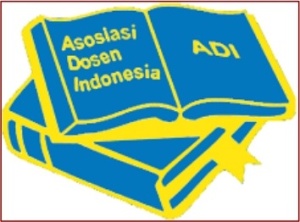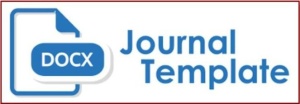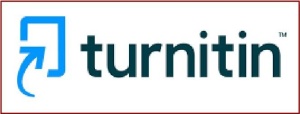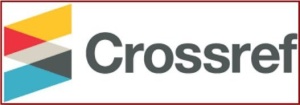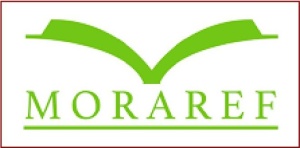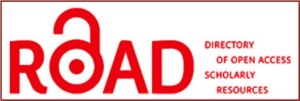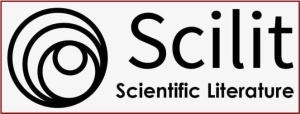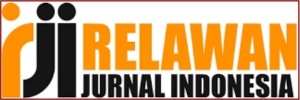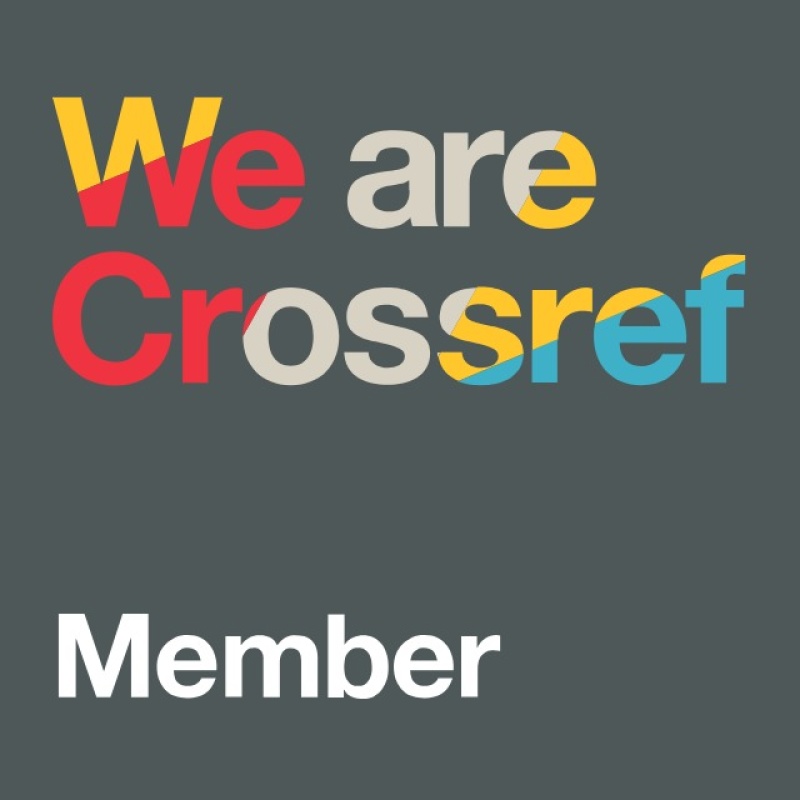Pengembangan LKS Berbasis VAK (Visualization Auditory Kinestetic) sebagai Bahan Ajar Alternatif Siswa SMA
DOI:
https://doi.org/10.36312/ejiip.v2i1.55Keywords:
LKS (Student Worksheet), VAK (Visualization Auditory Kinesthetic), Alternative Teaching Materials.Abstract
One of the problems faced by students is that the teaching materials in the form of worksheets used still have shortcomings, namely they are still conventional or have not led to certain learning models so that students have difficulty understanding learning materials. For this reason, it is necessary to develop teaching materials in the form of LKS based on VAK (Visualization Auditory Kinesthetic) which is intended to make it easier for students to understand the lesson. The aims of this research are: 1) to develop VAK-based worksheets as alternative teaching materials for high school students; 2) produce worksheets that are developed based on VAK that are appropriate as alternative teaching materials for high school students; and 3) determine the readability of the LKS developed based on VAK as an alternative teaching material for high school students. This type of research is a development research with a 4-D model design consisting of four stages, namely define, design, develop, and disseminate. The results of developing Student Worksheets that have been compiled are then validated by 3 validators namely content, display, and language experts using an expert validation sheet instrument and a readability test using a questionnaire sheet instrument to the reader. Based on the results of the research on the development of VAK-based LKS, it is feasible to use with a validity level of 3.88 with a good category, a student readability test questionnaire with a score of 3.51 with a good readability category. So it can be concluded that the development of VAK-based worksheets with good categories can be used as alternative teaching materials for high school students.
Downloads
References
Awal, R., & Sutriana. (2017). Pengaruh Model Pembelajaran VAK (Visual, Auditory, Khinestetic) Berbasis Lingkungan terhadap Penguasaan Konsep Siswa pada Materi Keanekaragaman Hayati. Bio-Lectura : Jurnal Pendidikan Biologi, 4(1), 1-12. https://doi.org/10.31849/bl.v4i1.373
Eliyanti, M. (2016). Pengelolaan Pembelajaran dan Pengembangan Bahan Ajar. Pedagogi : Jurnal Penelitian Pendidikan, 3(2), 1-8. https://doi.org/10.25134/pedagogi.v3i2.1179
Hidayah, U., Putrayasa, I. B., & Martha, I. N. (2016). Konsistensi Kompetensi Inti (KI), Kompetensi Dasar (KD), dan Indikator pada Evaluasi Guru dalam Pembelajaran Eksposisi Berdasarkan Kurikulum 2013. Jurnal Pendidikan Bahasa dan Sastra Indonesia Undiksha, 5(3), 1-12. https://doi.org/10.23887/jjpbs.v5i3.8766
Indawati, T. I. (2015). Pengembangan Bahan Ajar Berupa Lembar Kerja Siswa (LKS) Berbasis Pembelajaran Inkuiri Terbimbing. Skripsi. Universitas Jember.
Maulia, H. H., & Wulandari, T. S. H. (2018). Uji Validasi Pengembangan LKS (Lembar Kerja Siswa) Biologi SMA Berbasis Problem Based Learning pada Materi Perubahan Lingkungan untuk Meningkatkan Kemampuan Berpikir Kritis. In Proceeding Biology Education Conference (pp. 354-360). Surakarta, Indonesia: Universitas Sebelas Maret.
Nanang, F. (2001). Landasan Pendidikan. Bandung: PT. Remaja Rosdakarya.
Siddiq, D. (2009). Guru Profesional: Menguasai Metode dan Terampil Mengajar. Bandung: Kaifa.
Sukardi. (2016). Desain Model Prakarya dan Kewirausahaan Berbasis Ekonomi Kreatif Berdimensi Industri Keunggulan Lokal. Thesis. Universitas Mataram.
Thiagarajan, S., Semmel, D. S., & Semmel, M. I. (1974). Instructional Development for Training Teachers of Exceptional Children. Bloomington: Indiana University.
Wardani, A. A. (2016). Pengembangan LKS berbasis KAPRA untuk Meningkatkan Hasil Belajar Kognitif Siswa. Skripsi. IKIP Mataram.

Downloads
Published
How to Cite
Issue
Section
License
Copyright (c) 2022 Ririn Andriani, Rini Rizqiyah, & Lola Rostiana

This work is licensed under a Creative Commons Attribution-ShareAlike 4.0 International License.
-
Attribution — You must give appropriate credit, provide a link to the license, and indicate if changes were made. You may do so in any reasonable manner, but not in any way that suggests the licensor endorses you or your use.
-
ShareAlike — If you remix, transform, or build upon the material, you must distribute your contributions under the same license as the original.

